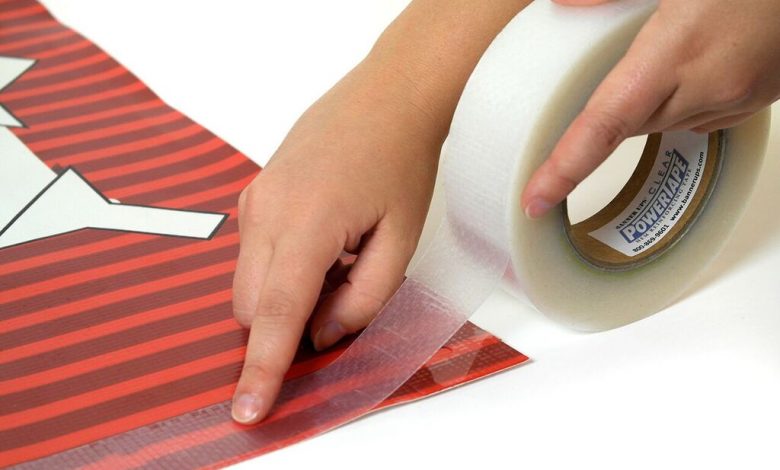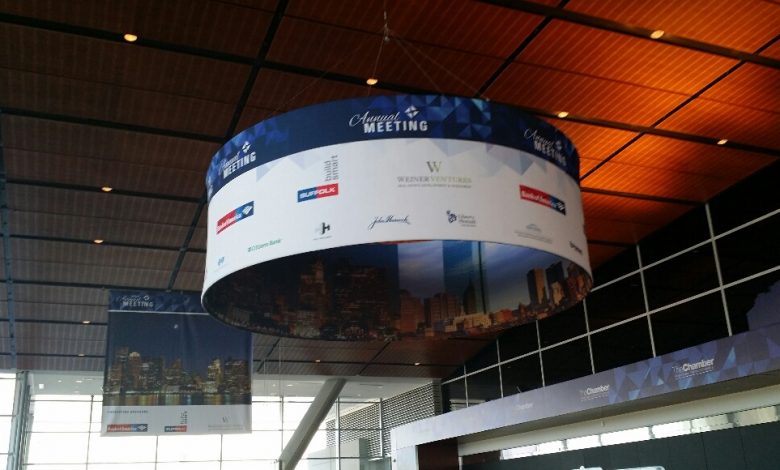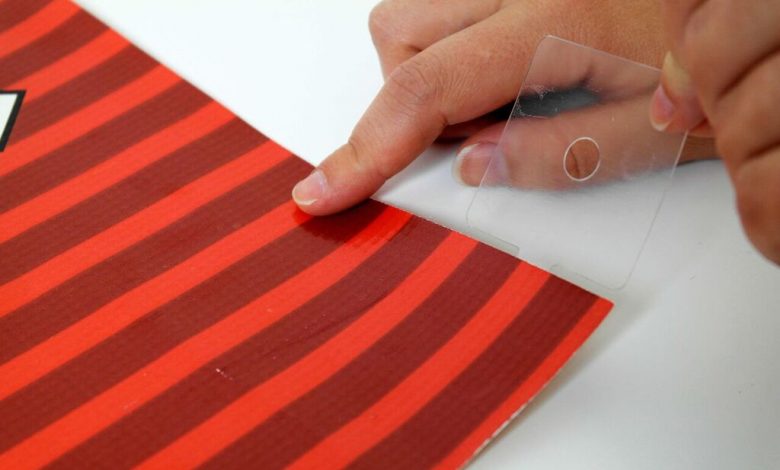Banner Systems: Make a Lasting Impression
Find out how to choose the right banner system for creating customizable, impactful graphics.
As a staple in many sign shops, banners are one of the most common applications, but that doesn’t mean they should be treated as a simple, run-of-the-mill project. Given their capability for complete customization, flexibility and even ease of use, banners are a powerful way to create impactful graphics that leave a lasting impression. Banners may be a conventional signage application, but with the right system, their impact is anything but.
How to Pick the Right Banner System
Of course, a banner stand can’t effectively communicate with the public if the right system isn’t in place. As a first step, a sign shop should contact the location that will house the banner stand to ensure it’s in compliance, says Natalie Whited, vice president of marketing for Woodridge, Illinois-based Orbus Exhibit & Display Group, a wholesale supplier of banner stands, exhibits and displays. Each event hall can have its own regulations for banner stands, so sign shops should be aware of any potential limitations before designing a custom solution. For example, height guidelines are often stipulated by the event hall.
“A lot of large exhibit halls or environments have requirements for fire safety, and the same goes for hotels,” says Whited. “They may have requirements on materials that are flammable or require that those materials be set up away from lights. Often, they’ll also have requirements for the types of hanging hardware. It’s a matter of exploring all the details about the project and the location of where the hanging banner will live and for what duration of time.”
Once a sign shop understands the location’s requirements, it can start considering the banner system’s aesthetics, says Scott Freeman, president of Hang-Ups Unlimited, a provider of display aids. For an exterior system, wall-mounted tracks with grommets that use tensioning are an option and allow for banners of different heights. A spring tension banner system is another popular option and works well for custom applications.
To help pick the type of system that fits the client’s vision, Freeman recommends asking the client to provide some examples.
“I always recommend asking the customers to look around first to see what’s being used in their vicinity and take a picture of the various banners,” Freeman says. “From that picture, they can tell you what they like about it or don’t like about it, and you can try to customize a solution for them.”
Offering a Customized Solution
For the most flexibility, John Siegenthaler, president of Mansfield, Ohio?-based Lind SignSpring Group, a provider of fabric graphic installation systems, recommends a customizable banner system that can work with a variety of surfaces. This includes both flat and curved surfaces as well as cinderblock, textured brick, corrugated metal siding and stucco. While these surfaces have generally been difficult for banners, a spring tension system makes these surfaces compatible.
“There are many applications that can allow sign companies to go outside their own proverbial box,” Siegenthaler says. “Think business wallscapes on-premise. Think murals made to scale the blank walls in your community.”
Hanging banners also offer customization, and Whited finds more end users are searching for a unique solution. A customized hanging banner is a great way to differentiate a brand, and it adds an element of architectural design into an interior space. While many spaces, such as retail stores, corporate environments, airports and universities, are a fit for custom hanging banners, trade shows are an especially big market for customization.
“We’re seeing a lot of demand for customized hanging banners for trade shows,” Whited says. “When you walk down the aisle of trade show hall, you’ll see any island exhibitor with a hanging structure to call out company identity. With so many exhibitors in one place, having a banner with a unique look and appearance will catch more attention than a banner that’s a standard shape or size.”
Although there is a big market for large hanging banners, many sign shops avoid this application because they don’t have the capability to print and sew large hanging fabric banners, Whited says. However, this isn’t a reason to pass on providing hanging banners. Sign shops instead can partner with their banner provider to help fabricate the banner so they don’t have to miss out on this revenue stream.
Alternatively, there are also banner stand systems that don’t require any sewing for sign shops that don’t have that capacity, Freeman says. These systems instead rely on adhesives that make pulled pockets.
Banner Stand Logistics
When considering a banner stand system, longevity typically comes into question. Of course, banner stands come with their own warranties and guarantees, but they are generally made to last for the long term. Often, the type of substrate ends up dictating the longevity of the banner, though the stand system itself is designed to hold up, Freeman says.
“If you have a top and bottom bar, you’re not really putting any stress on the fabric other than the weight of the fabric itself, so the fabric lasts a long time,” Freeman says. “There are different quality fabrics that are rated for different uses and thicknesses, so how the fabrics hold up can really determine longevity.”
Even in bad weather, banner systems tend to hold up well, Freeman says. Freeman works with banner tracks that are made of the same aluminum used in exterior windows, so the material is inherently sturdy. Along with your traditional banner stands, Siegenthaler says spring tension systems perform well in harsh weather.
“There have been instances of tornadoes coming through our markets in Ohio and taking down billboard faces, yet the vinyl is still completely intact,” Siegenthaler says. “Each spring holds about 4 pounds of banner tension. Multiply that for every linear foot once installed, and you have your overall banner tension. Spring tension is unique because it has a lot of give.”
Given their durability, banner stands can be used multiple times, and if a sign shop is savvy in how it arranges future graphics, it could be a source of recurring revenue. To create that kind of revenue stream, Siegenthaler recommends that sign shops set up an exclusive agreement with their clients to maintain ownership of the banner system. Whenever the client needs new graphics, the sign shop automatically has rights to the job and can change the graphics with little manpower.
With their versatility and customization options, banner stands are a great way to offer your customers a flexible solution that can be tailored to meet their needs. Whether it’s for a large trade show or small interior space, banners are an effective way to make a lasting impression.








